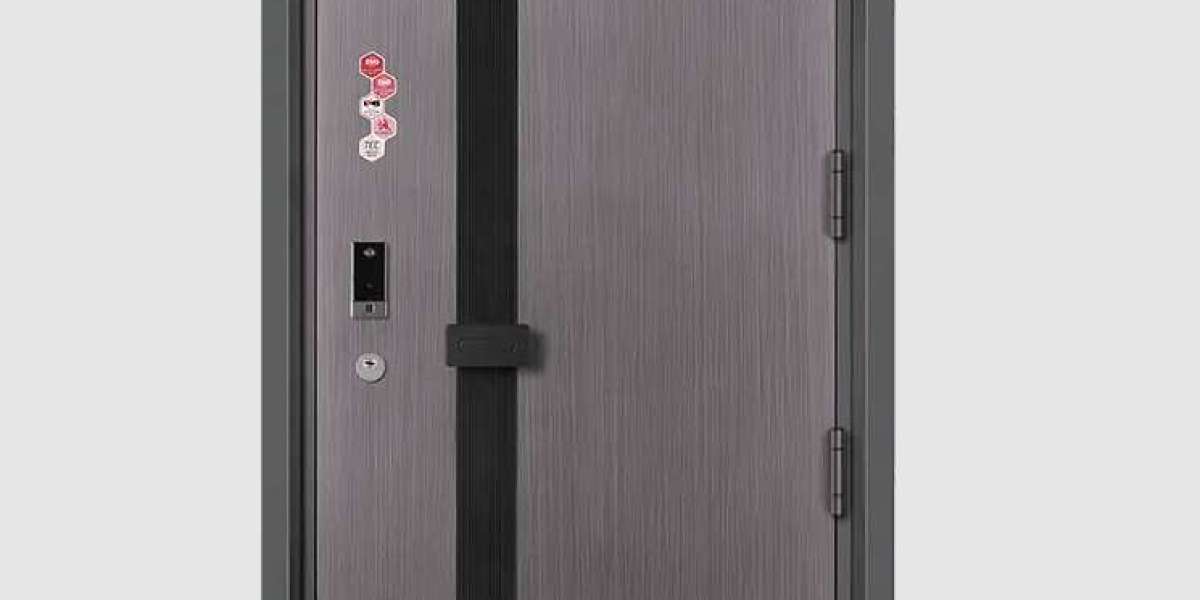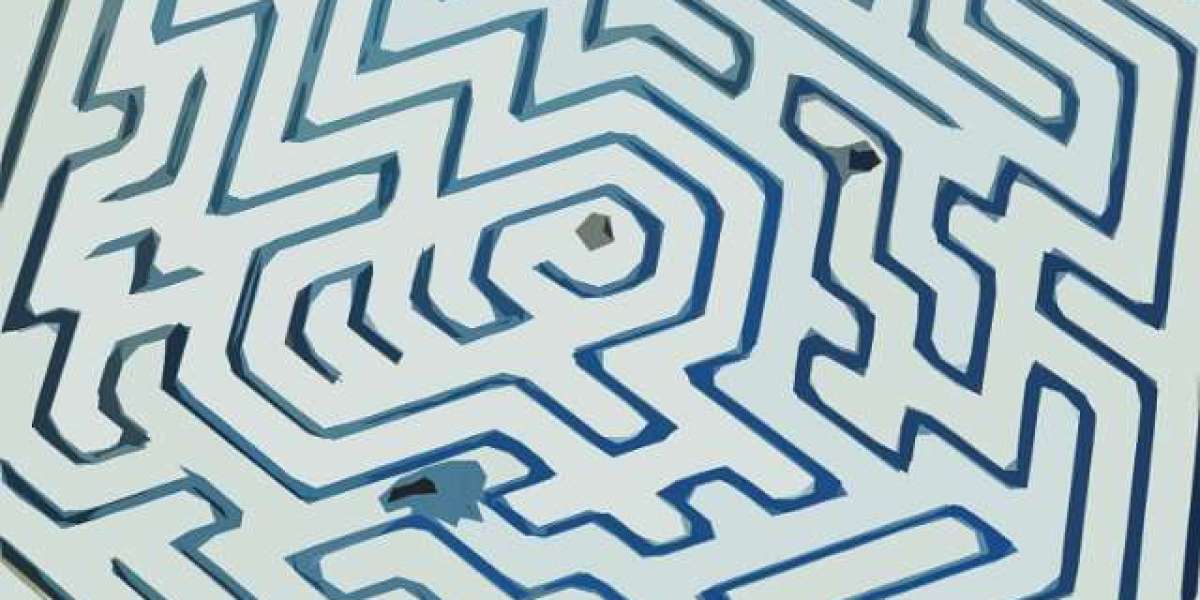Introduction to Splicing Methods and Stability
A Spliced Door is constructed by joining multiple panels or sections to form a complete door, allowing for flexibility in design, size, and aesthetics. The method used to join these sections directly affects the structural stability, durability, and overall performance of the door. A second mention of Spliced Door highlights that careful consideration of splicing techniques is essential to prevent warping, misalignment, or premature wear. Understanding the advantages and limitations of different joining methods ensures a stronger and longer-lasting door.
Butt Joints and Their Implications
Butt joints are the simplest form of joining panels, where two edges meet at a flat surface. While easy to manufacture and cost-effective, butt joints offer limited mechanical strength on their own. They rely heavily on adhesives, fasteners, or additional reinforcements. In a Spliced Door, excessive reliance on butt joints without proper reinforcement can lead to instability under frequent use or stress. Properly applied glue and mechanical fasteners, however, can enhance performance, making butt joints suitable for lightweight or low-traffic doors.
Tongue-and-Groove Joints
Tongue-and-groove joints provide a more secure connection than simple butt joints. One panel has a protruding “tongue” that fits into a corresponding groove on the adjacent panel. This interlocking mechanism distributes stress more evenly and reduces the likelihood of separation. A Spliced Door utilizing tongue-and-groove joints exhibits improved rigidity and resistance to warping, particularly in wooden or composite doors. This method also helps maintain alignment over time, enhancing the aesthetic appearance and operational stability of the door.
Mortise-and-Tenon Joints
Mortise-and-tenon joints are a traditional technique used for high-strength connections. The tenon (a protruding piece) fits into a mortise (a corresponding cavity) on the adjoining panel, often secured with glue or pins. This method provides excellent structural stability and can withstand high mechanical stress. In a Spliced Door, mortise-and-tenon joints are particularly effective for heavy doors or those exposed to frequent use. They offer superior durability and long-term resistance to misalignment, making them a preferred choice for premium or high-traffic installations.
Biscuit and Dowel Joints
Biscuit or dowel joints involve inserting small wooden or composite elements into aligned holes in adjacent panels. These hidden connectors enhance surface alignment, distribute load, and increase resistance to twisting or bending. A Spliced Door using biscuits or dowels maintains flatness and improves overall stability while allowing for a clean, uninterrupted surface. These joints are efficient for mass production and suitable for both wooden and composite doors, providing a balance of strength and ease of assembly.
Mechanical Fasteners and Reinforcements
Beyond traditional wood joints, metal brackets, screws, and corner reinforcements can significantly increase the structural stability of a Spliced Door. Reinforcements prevent lateral movement, reduce stress on joints, and help the door withstand repeated opening and closing cycles. Combining mechanical fasteners with adhesive or interlocking joints provides maximum stability for heavy or exterior doors.
The stability of a Spliced Door is closely linked to the splicing method used. Simple butt joints may suffice for lightweight applications but require reinforcement, while tongue-and-groove and mortise-and-tenon joints offer superior rigidity and long-term alignment. Biscuit and dowel joints balance strength and aesthetics, and mechanical fasteners further enhance durability. By carefully selecting appropriate joining techniques, manufacturers and users can ensure a Spliced Door that is structurally stable, long-lasting, and reliable for its intended use.
Grade: Grade A
Size: height 1880~2450, width 780~1080
Panel: frame 2.0 fan 1.0
Hinge: Hinge hinge
Door frame: 90 three-dimensional door head frame 105-Pro
Downgrade: chevron 201 stainless steel double bottom frame 0.7
Material: Frame [Cold Rolled] Fan [Cold Rolled]
Lock: 59A#
Production base: Chengdu, Sichuan / Hubei Xianning / Shandong Qihe
Note: For shaped size and other customized needs, please contact the background customer service consulting, consulting phone: 4008828710







